John Bonasera also known as CatskillJohn has a very interesting post on Instagram a few days ago. He explained the origin of the Comparadun and tied some up. A post so good it deserved to be posted here on FrankenFly. So here it is!
John said, “First came the Haystack, an Adirondack monstrosity and then, through the creative minds of Bob Nastasi and Al Caucci came the Comparadun. Al and Bob spent years on the Delaware and other popular waterways sifting through a screen full of stream bugs and painstakingly recording them to simplify our aquatic insect identification. Since the early 60’s the Comparadun has been an Upper Delaware staple and I would venture to guess that it likely accounted for more upper “D” trout than any other single pattern fished there. The goal in mind was to create a durable, simple pattern utilizing easy to find materials. Deer hair, rabbit fur and mink guard hairs for tailing, this fly sits low on the water and leaves a great footprint for those slow moving flat water drifts. While synthetics and crinkly fibers are getting the nod recently, the Comparadun is and will always be synonymous with the Delaware system. These using the “dark brown” Hendrickson blend.”
I asked John about the dubbing used on these babies and this is what he told me.
“It’s Caucci’s “spectrumized” rabbit dubbing…a mixture of the primary colors red-blue-yellow and white, blended in various ratios to achieve certain big matching colors. The ratios are designed to match the bugs when wet.”
The wing of this fly is made from deer hair, the body is rabbit, and the tail is mink guard hairs.
What an awesome fly! Well done on tying these John!
If you want to see what else John is tying, you can follow him on Instagram @catskilljohn.








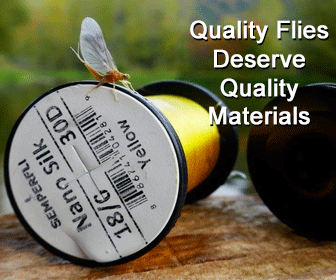

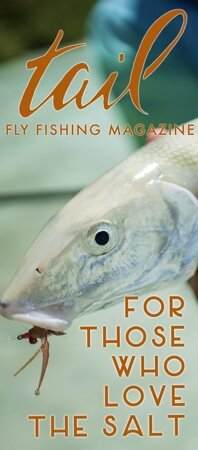

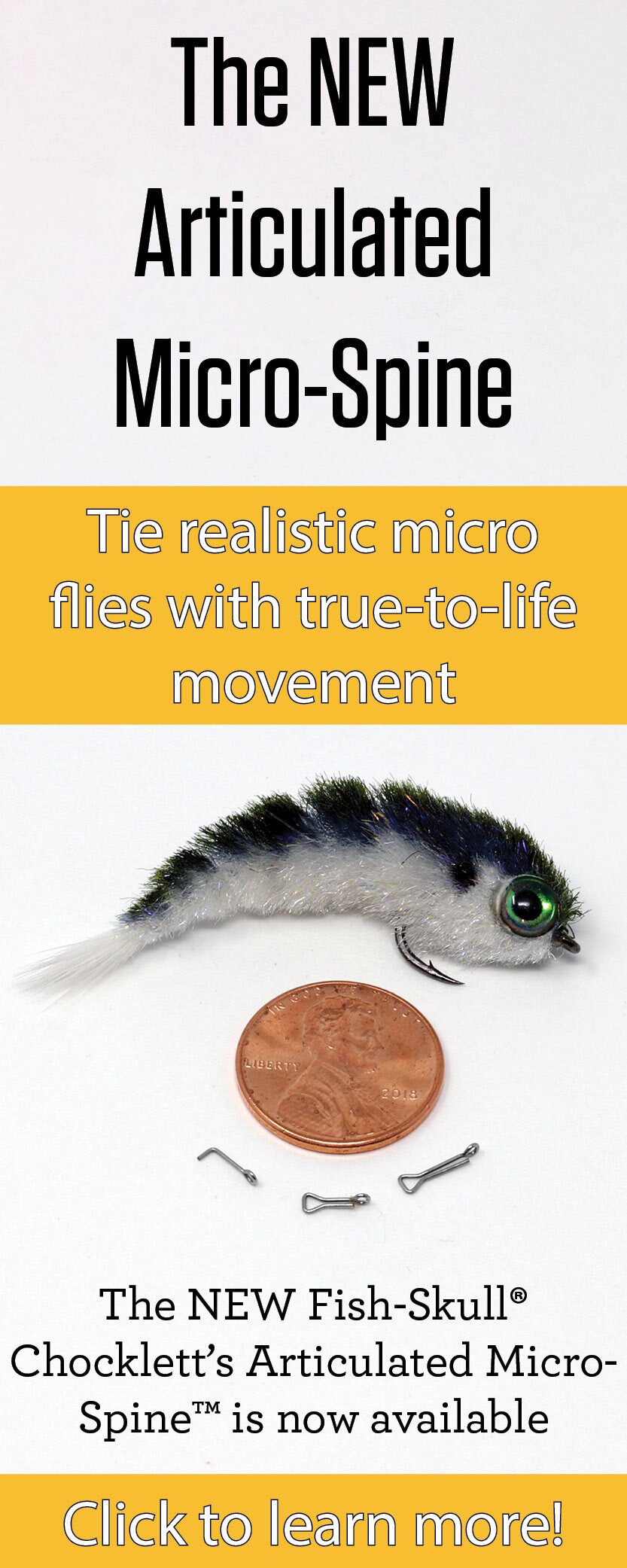

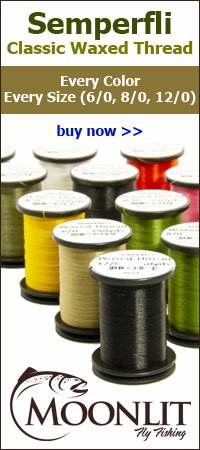
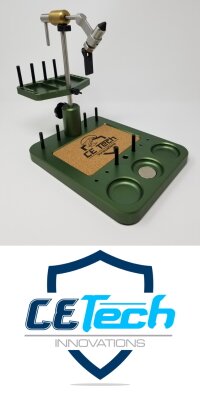



beautiful, I love tying this fly – is the dubbing from DRC a packaged dubbing
or do you mix it yourself?
Hi James,
John mixes it himself.
Thanks,
Paul
Great article and awesome flies. I can attest to how well these work. Good work John!